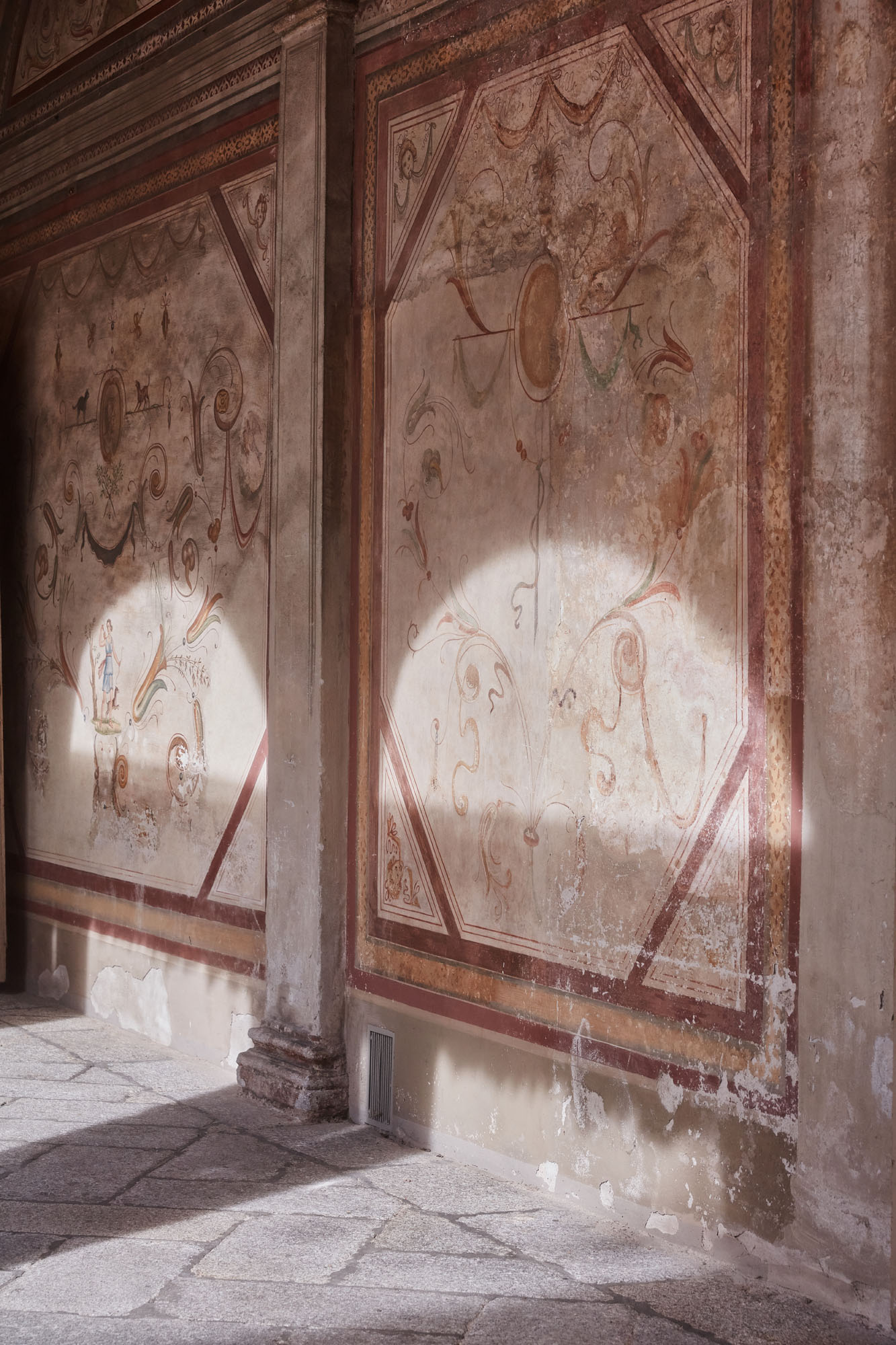
Overview
In our creative endeavors, the pursuit of perfection is often regarded as the ultimate goal: clean lines, precise proportions, and impeccable functionality. Yet, there is a profound charm in imperfection, a quality that challenges conventions and reminds us of the authentic, human, and organic nature of creativity. Imperfection is not a flaw but a unique characteristic that tells a story, inspiring both imagination and reflection.
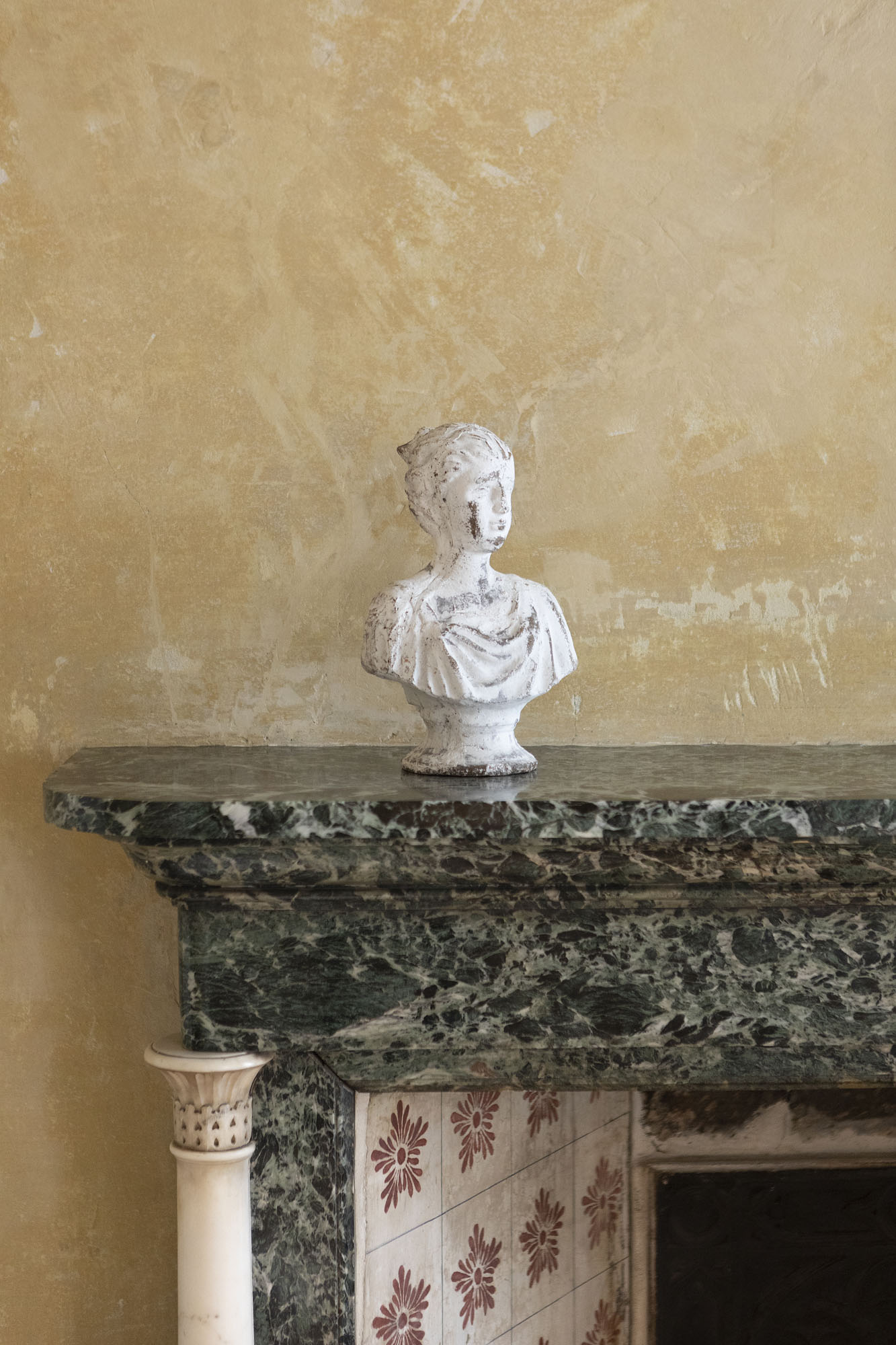
In an era of mass production and standardization, imperfection stands out as a mark of uniqueness and, consequently, iconicity. This idea resonates with the principle of Wabi-Sabi, the Japanese aesthetic that reveres the transient, the imperfect, and the incomplete. According to this philosophy, scratches, patinas, and signs of wear are not flaws but natural outcomes of use and interaction—tangible testimonies of life itself.
A handcrafted piece, with its inevitable variations, tells a story of the hands that shaped it, the trial and error involved, and a creative process that defies rigid formulas. It acts as an antidote to the monotony of uniformity, celebrating diversity and individuality.
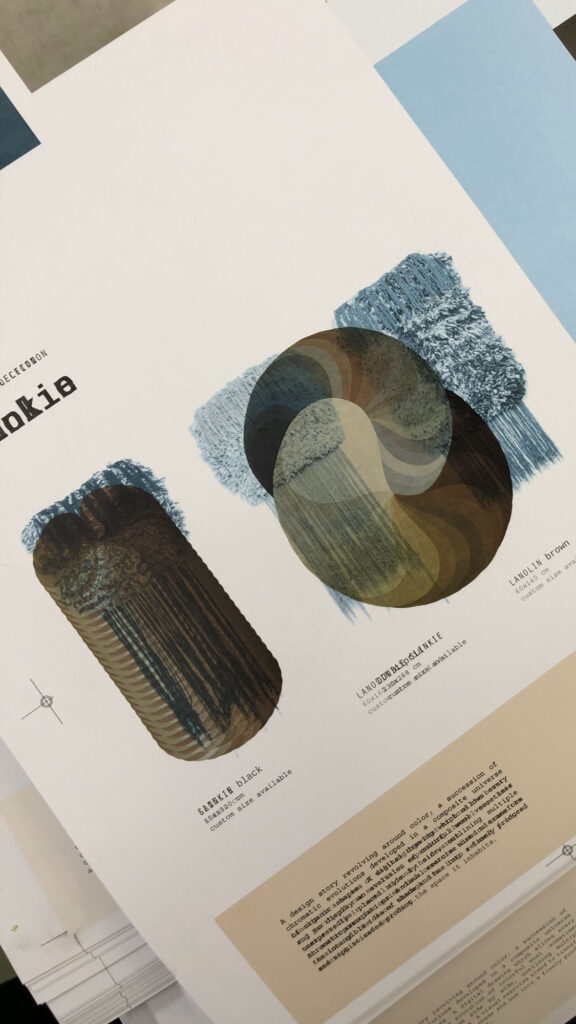
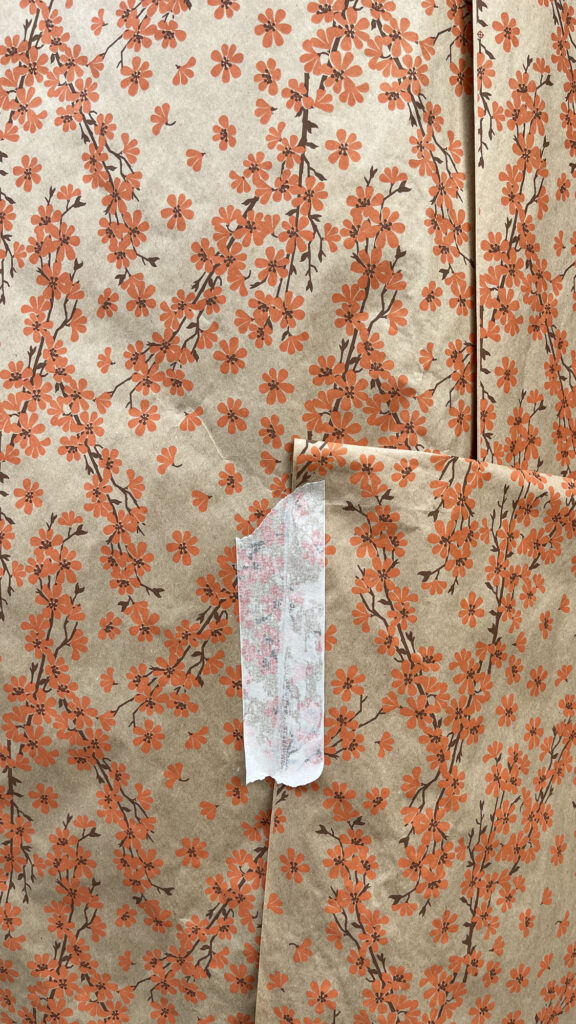
Moreover, imperfection in design is deeply sustainable. By embracing it, we acknowledge the inherent value of natural resources, imperfections and all, reducing waste driven by the obsessive quest for “perfect” materials.
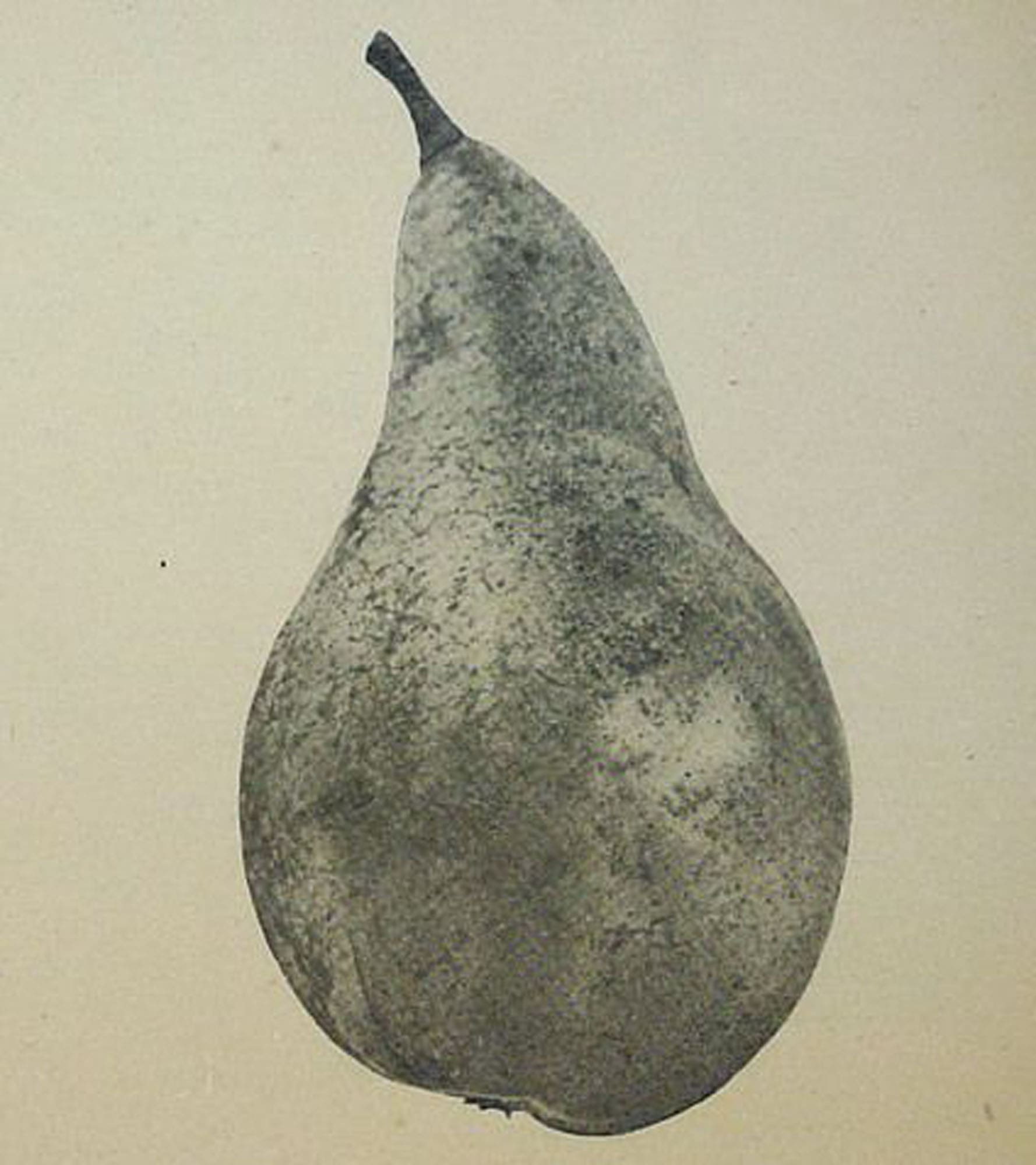
The beauty of imperfection is not merely an aesthetic; it is a philosophy that compels us to reconsider our relationship with objects and, by extension, with ourselves. In a world that often demands perfection at all costs, imperfect design reminds us that the essence of beauty lies in complexity, uniqueness, and the traces of what is authentically human.
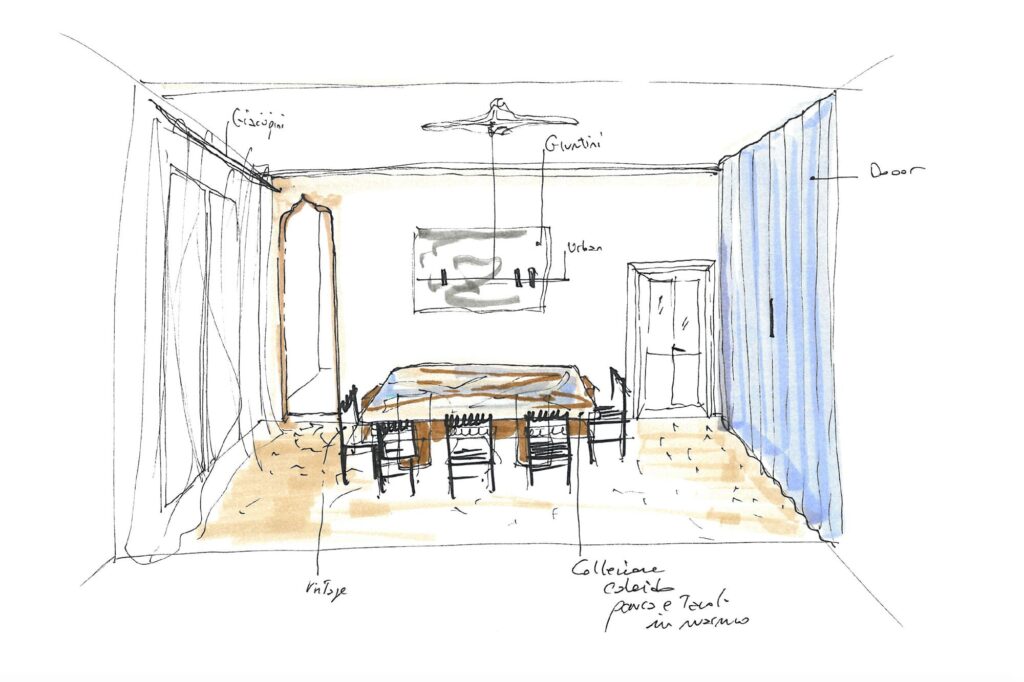
“Our pursuit of imperfection also guided us in the renovation of our home, Casa Caleido—a place of incompleteness par excellence. In our professional work, we are accustomed to striving for excellence and perfection, but we wanted our home to tell a different story. Our clients usually see the final result of our work; here, we can showcase the process”
Barbieri Magalini